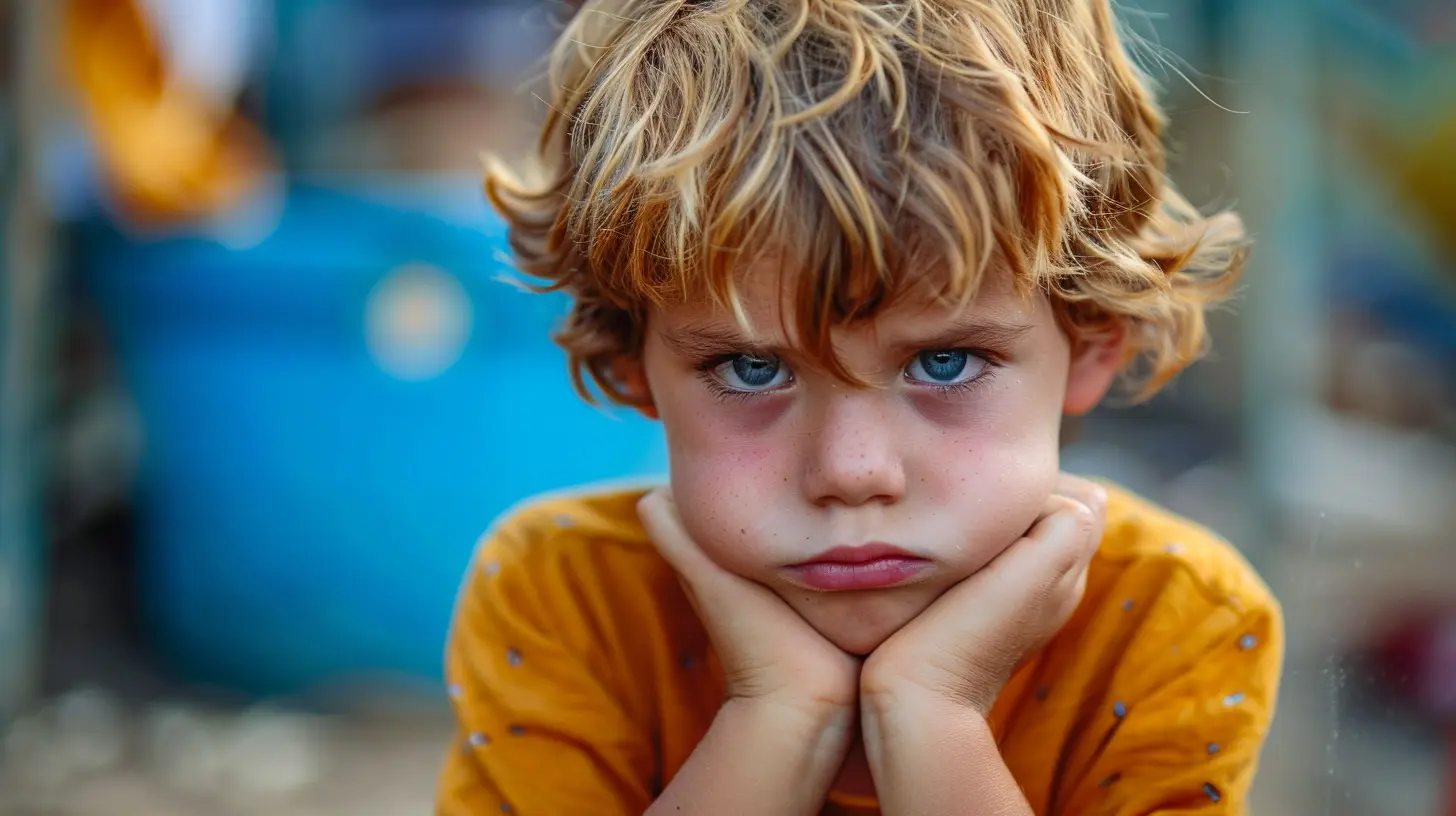Teaching Emotional Regulation Through Gentle Discipline
13 July 2025
Childhood—such a whirlwind of wonder, tantrums, and big emotions spilling over like a cup too full. One moment, giggles fill the room; the next, tears streak tiny cheeks. It’s an emotional rollercoaster, and as parents, we hold the reins. But how do we teach our little ones to rein in their emotions without crushing their spirit?
Gentle discipline is the key—a bridge between empathy and boundaries, guiding our kids toward emotional regulation with love instead of fear.
Let’s dive into the magic of raising emotionally intelligent children through patience, understanding, and gentle discipline. 
The Heart of Emotional Regulation
Imagine standing in the middle of a storm. Wind howls, rain pours, lightning cracks the sky. That’s how big emotions feel for a child—intense, uncontrollable, overwhelming. But what if instead of scolding the storm, we helped them find shelter and calm within?That’s emotional regulation. It’s the ability to recognize, manage, and express emotions in a healthy way. And just like learning to walk, it’s a process. Children aren’t born knowing how to self-soothe—they need us to show them the way.
But here’s the catch: If we respond to their emotional outbursts with anger, we’re teaching them that emotions should be met with punishment. Instead, gentle discipline helps children navigate these storms with kindness and guidance. 
Why Gentle Discipline Works
Gentle discipline isn't about letting kids get away with anything. It’s about teaching, not punishing. Think of it as holding up a lantern in the dark, showing them the path rather than forcing them down it.Here’s why it works:
1. It Teaches Instead of Punishes
Discipline comes from the Latin word disciplina, meaning instruction. Punishment shames, but discipline teaches. When we guide rather than punish, we help children understand their emotions and how to handle them.2. It Strengthens Parent-Child Bonds
Fear-based discipline builds walls; gentle discipline builds bridges. When children feel safe expressing their emotions, they trust us more deeply.3. It Models Emotional Regulation
Kids don’t learn from what we say—they learn from what we do. If we scream when we’re angry, they’ll do the same. If we stay calm, they’ll mirror that too.
Practical Ways to Teach Emotional Regulation Through Gentle Discipline
Now that we understand the why, let’s talk about the how. How do we help our children develop emotional intelligence while maintaining healthy boundaries?1. Validate Their Feelings
Before correcting behavior, acknowledge emotions.- Instead of “Stop crying,” try “I see you’re really upset. Do you want to tell me what happened?”
- Instead of "You're fine," try "It's okay to feel sad. I'm here to help."
Validation doesn’t mean agreeing—it means recognizing their emotions as real and valid.
2. Teach Emotional Vocabulary
Kids throw tantrums because they don’t have the words for what they feel. Help them build their emotional vocabulary:- “It looks like you’re frustrated because your toy broke.”
- “I see you’re disappointed that we have to leave the park.”
Naming emotions helps kids process them.
3. Use Calmness as a Superpower
A child’s tantrum is like fire—your calm is the water. If we match their frustration with our own, the flames grow higher. Instead:- Take deep breaths before responding.
- Speak in a slow, steady tone.
- Show them that big emotions don’t have to be scary.
4. Set Boundaries with Empathy
Gentle discipline isn’t permissiveness; it’s firm but kind.- “I won’t let you hit, but I see you’re upset. Can you tell me why?”
- “It’s okay to be angry, but it’s not okay to throw things.”
Clear boundaries help children feel safe.
5. Offer Safe Spaces for Big Feelings
Sometimes emotions need to run their course. Instead of isolating a child in time-out, create a calming corner—a cozy spot with books, stuffed animals, and sensory toys where they can decompress.6. Use Positive Reinforcement
Notice and praise emotional regulation in action.- “I saw you take a deep breath when you were frustrated. That’s amazing!”
- “You used your words instead of yelling. Great job!”
Positive reinforcement encourages repetition.
7. Encourage Problem-Solving
Instead of jumping in to fix everything, guide them toward solutions:- “What do you think we can do if your blocks keep falling?”
- “How can we make this fair for both of you?”
Problem-solving builds confidence and resilience. 
Turning Meltdowns into Teachable Moments
Tantrums are inevitable. But instead of seeing them as disruptions, view them as opportunities to teach emotional regulation.Imagine your child is screaming because they wanted ice cream before dinner. What do you do?
1. Stay Calm – If you’re frustrated, take a breath before responding.
2. Acknowledge Feelings – “I know you really wanted ice cream. It’s hard to wait.”
3. Set a Loving Boundary – “We have ice cream after dinner, not before.”
4. Offer a Coping Strategy – “Do you want to pick out the flavor now so you have something to look forward to?”
With time, they’ll internalize these strategies and use them on their own.
The Power of Connection
At the heart of gentle discipline is connection. A child who feels seen, heard, and valued is a child who will eventually learn to regulate their emotions.So, the next time your little one is overwhelmed by feelings too big for their tiny body, be their safe harbor. Hold them. Guide them. Teach them that emotions aren’t something to fear, but something to understand.
Because emotional regulation isn’t just about controlling feelings—it’s about growing into a person who can handle life’s storms with grace and resilience.
And isn’t that the kind of future we all want for our children?
all images in this post were generated using AI tools
Category:
Positive DisciplineAuthor:

Karen Hurst
Discussion
rate this article
2 comments
Grant Gibson
Emotional regulation? More like trying to keep a tiny tornado calm! If I can teach my kid to breathe, I’ll consider that a parenting win!
November 3, 2025 at 5:03 AM

Karen Hurst
Absolutely! Teaching breathing techniques is a fantastic step towards helping kids manage their emotions—every little win counts in the journey of emotional regulation!
Phoenix McGuire
Thank you for this insightful article! Teaching our children emotional regulation through gentle discipline truly resonates with me. It reminds us that nurturing their feelings with compassion builds resilience and understanding. I appreciate the practical strategies shared here that empower both parents and children to grow together in a loving environment.
July 17, 2025 at 3:13 PM

Karen Hurst
Thank you for your kind words! I'm glad you found the article helpful and that it resonates with your approach to nurturing emotional regulation and resilience. Together, we can create a more compassionate environment for our children.


